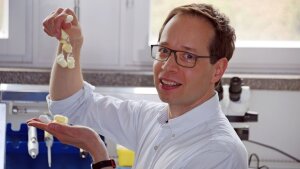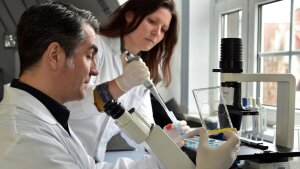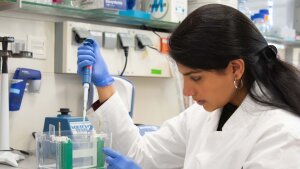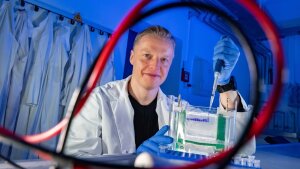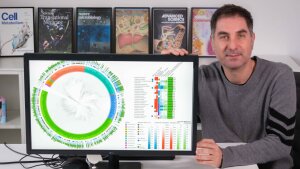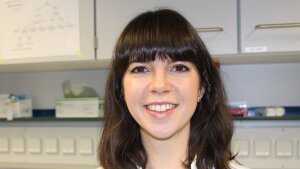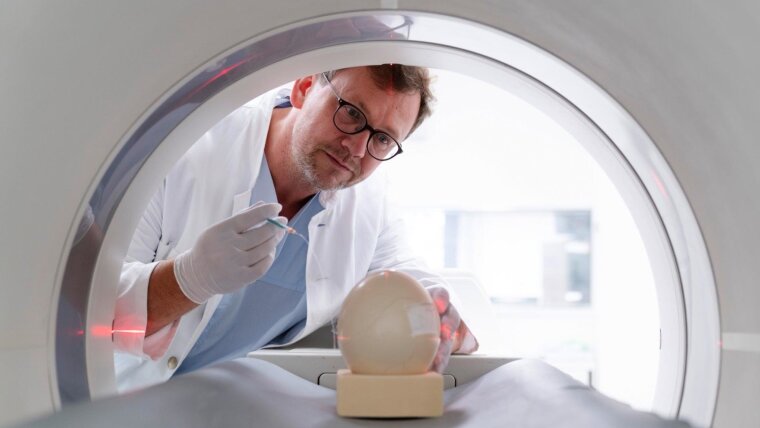
The University of Jena and Jena University Hospital (JUH) have joined the »Transparente Tierversuche« (Transparent Animal Experiments) initiativeExternal link. They are thus committed to transparent information and open communication about necessary animal experiments in research. At the same time, alternative methods to animal testing are being sought.
»Transparente Tierversuche« is an initiative of »Tierversuche verstehen« (Understanding Animal Experiments)External link and the German Research Foundation (DFG) in cooperation with the Alliance of Science Organisations. So far, more than 110 research institutions in Germany are participating. According to the preamble of the initiative's joint declaration, animal experiments are still necessary.
While recent methodological advances allow for some animal-based approaches to be replaced or reduced by alternative methods, a complete replacement is not foreseeable. To gain knowledge and to develop new therapeutic approaches and methods animal-based approaches will continue to be needed in the future.
Preamble to the Transparency Agreement of the »Transparente Tierversuche« initiative
Objectives of the »Transparente Tierversuche« initiative
In the initiative, the signatory research institutions commit themselves to four common goals: They want to provide the general public with broad and comprehensible information about animal experiments, participate in public and social discourse on the topic, exchange their experiences with animal experiments and publicly present their activities and efforts to promote transparent and open communication.
»By participating in the initiative, we are showing that we are engaging in an open dialogue about our research with animals«, emphasizes Dr Sabine Bischoff, Head of the Office for Animal Welfare at the University Hospital and Animal Welfare Officer at the University and the University Hospital. The scientists at the University and Hospital are aware of their great responsibility for the respectful treatment of laboratory animals. »When a request is made for an animal experiment, careful consideration is given to whether the experiment is essential or whether the objective of the experiment can be achieved by alternative methods.«
The 3R principle: Replace – Reduce – Refine
If animal experiments are carried out at the University or University Hospital, they follow the »3R principle«. This is geared towards carrying out experiments as animal-friendly as possible (Refine), reducing the number of laboratory animals (Reduce) and developing alternative methods to animal experiments (Replace).
Bachstraße 18
07743 Jena
